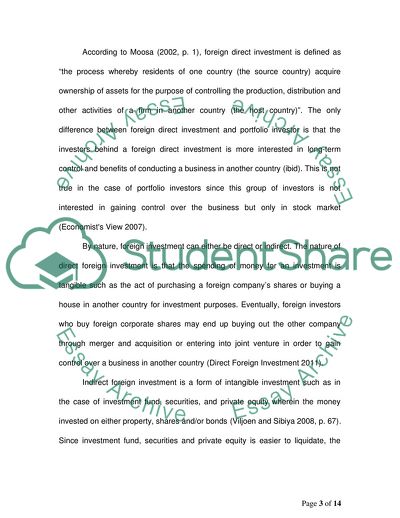Cite this document
(The Nature of Foreign Direct Investment Case Study, n.d.)
The Nature of Foreign Direct Investment Case Study. Retrieved from https://studentshare.org/macro-microeconomics/1747648-the-nature-of-foreign-direct-investiment
The Nature of Foreign Direct Investment Case Study. Retrieved from https://studentshare.org/macro-microeconomics/1747648-the-nature-of-foreign-direct-investiment
(The Nature of Foreign Direct Investment Case Study)
The Nature of Foreign Direct Investment Case Study. https://studentshare.org/macro-microeconomics/1747648-the-nature-of-foreign-direct-investiment.
The Nature of Foreign Direct Investment Case Study. https://studentshare.org/macro-microeconomics/1747648-the-nature-of-foreign-direct-investiment.
“The Nature of Foreign Direct Investment Case Study”. https://studentshare.org/macro-microeconomics/1747648-the-nature-of-foreign-direct-investiment.


